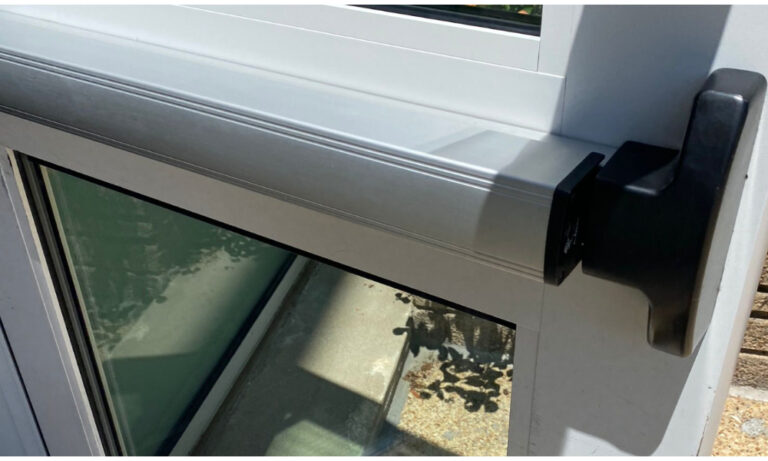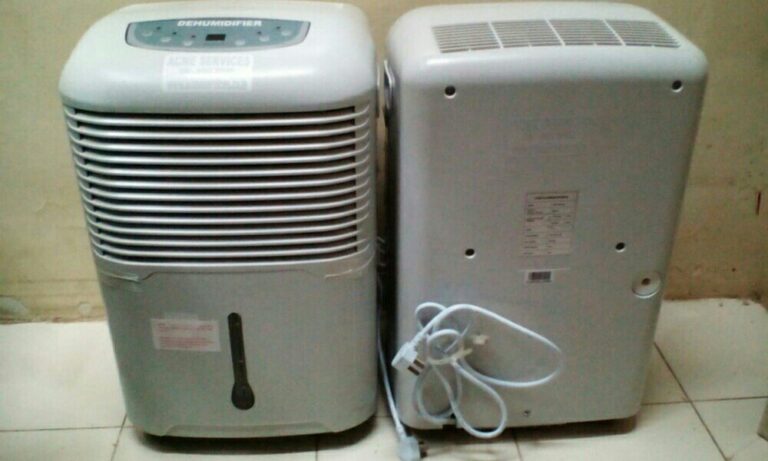
Mold is more than just an unsightly nuisance that grows in damp corners and forgotten spaces. It’s a silent threat that can have serious repercussions on our health. While mold might often be overlooked or dismissed as a minor issue, it can lead to a range of health risks and allergic reactions that shouldn’t be underestimated. In this article, we’ll explore the hidden dangers of mold, the potential health risks it poses, and how to protect yourself and your loved ones from its harmful effects.
Understanding Mold and its Growth
Mold is a type of fungus that thrives in damp, humid environments. It reproduces through tiny spores that are present in the air. When these spores land on a suitable surface, they can grow into visible patches of mold. Common places for mold growth include bathrooms, basements, kitchens, and areas with poor ventilation.
Health Risks Associated with Mold Exposure
- Respiratory Issues: One of the most prominent health risks linked to mold exposure is respiratory problems. When mold spores are inhaled, they can irritate the respiratory system and trigger a range of symptoms, including coughing, wheezing, and shortness of breath. Individuals with pre-existing respiratory conditions, such as asthma, are particularly vulnerable to these effects.
- Allergic Reactions: Mold spores can act as allergens, causing allergic reactions in susceptible individuals. Symptoms may include sneezing, runny or stuffy nose, itchy or watery eyes, and skin rashes. Prolonged exposure to mold allergens can lead to chronic allergic conditions.
- Aggravation of Asthma: For people with asthma, mold exposure can worsen their condition. Mold spores can trigger asthma attacks, leading to increased wheezing, chest tightness, and difficulty breathing.
- Inflammatory Responses: Some types of mold produce mycotoxins, which are toxic substances that can lead to inflammation and various health issues. Prolonged exposure to mycotoxins may contribute to neurological symptoms, fatigue, and even immune system suppression.
- Infections: While rare, certain molds can cause infections, especially in individuals with weakened immune systems. These infections can affect the skin, eyes, lungs, and other organs.
Prevention and Protection
- Control Moisture: Mold thrives in damp environments, so controlling moisture is key to preventing its growth. Fix leaks promptly, maintain proper ventilation, and use dehumidifiers in areas prone to high humidity.
- Regular Cleaning: Regularly clean and disinfect areas where mold is likely to grow, such as bathrooms and kitchens. Pay attention to hidden spots like behind appliances and under sinks.
- Proper Ventilation: Ensure that your home is well-ventilated. Use exhaust fans in bathrooms and kitchens to reduce humidity levels and expel moist air.
- Monitor Indoor Humidity: Keep indoor humidity levels between 30% and 50%. You can use a hygrometer to measure humidity and take appropriate action if levels are too high.
- Use Mold-Resistant Products: When renovating or building, consider using mold-resistant materials such as drywall and paint to reduce the risk of mold growth.
Mold is not just a cosmetic issue; it’s a health hazard that can lead to a range of symptoms and conditions. From respiratory problems to allergic reactions and more serious health risks, mold exposure should not be taken lightly. By understanding the hidden dangers of mold and taking preventive measures, you can create a healthier living environment for you and your loved ones. If you suspect significant mold growth in your home, it’s advisable to seek professional mold remediation help for proper assessment and remediation.





